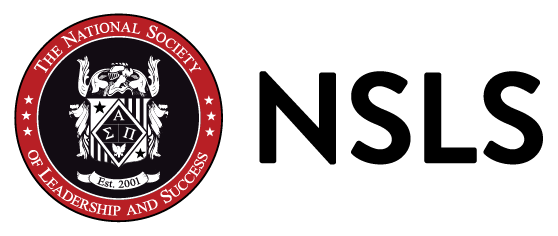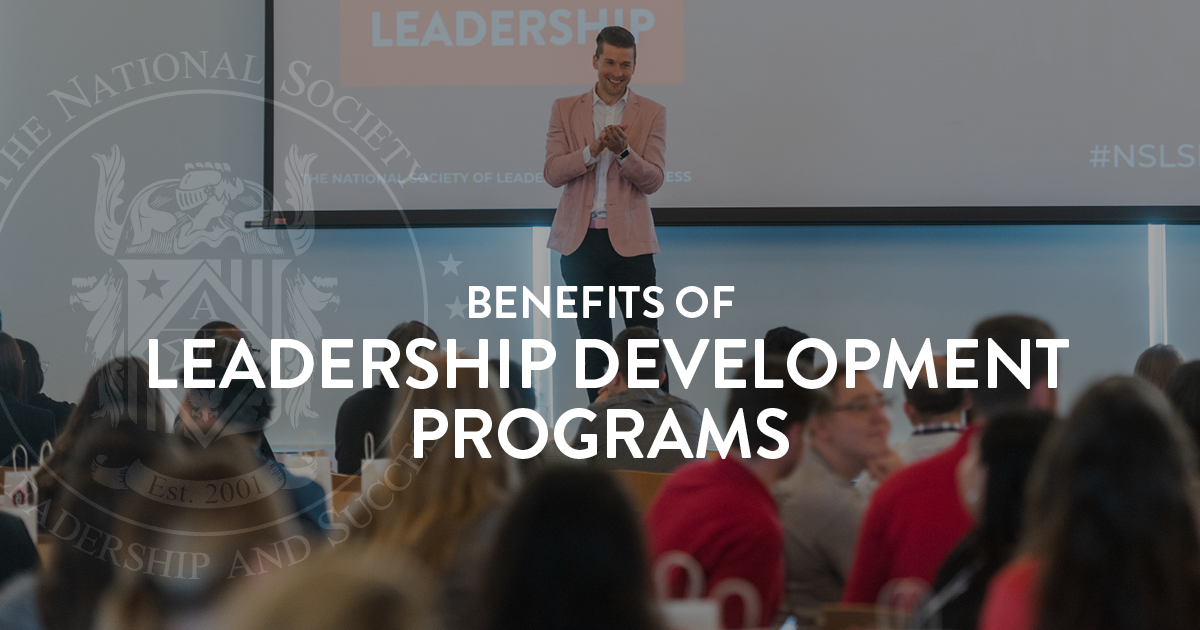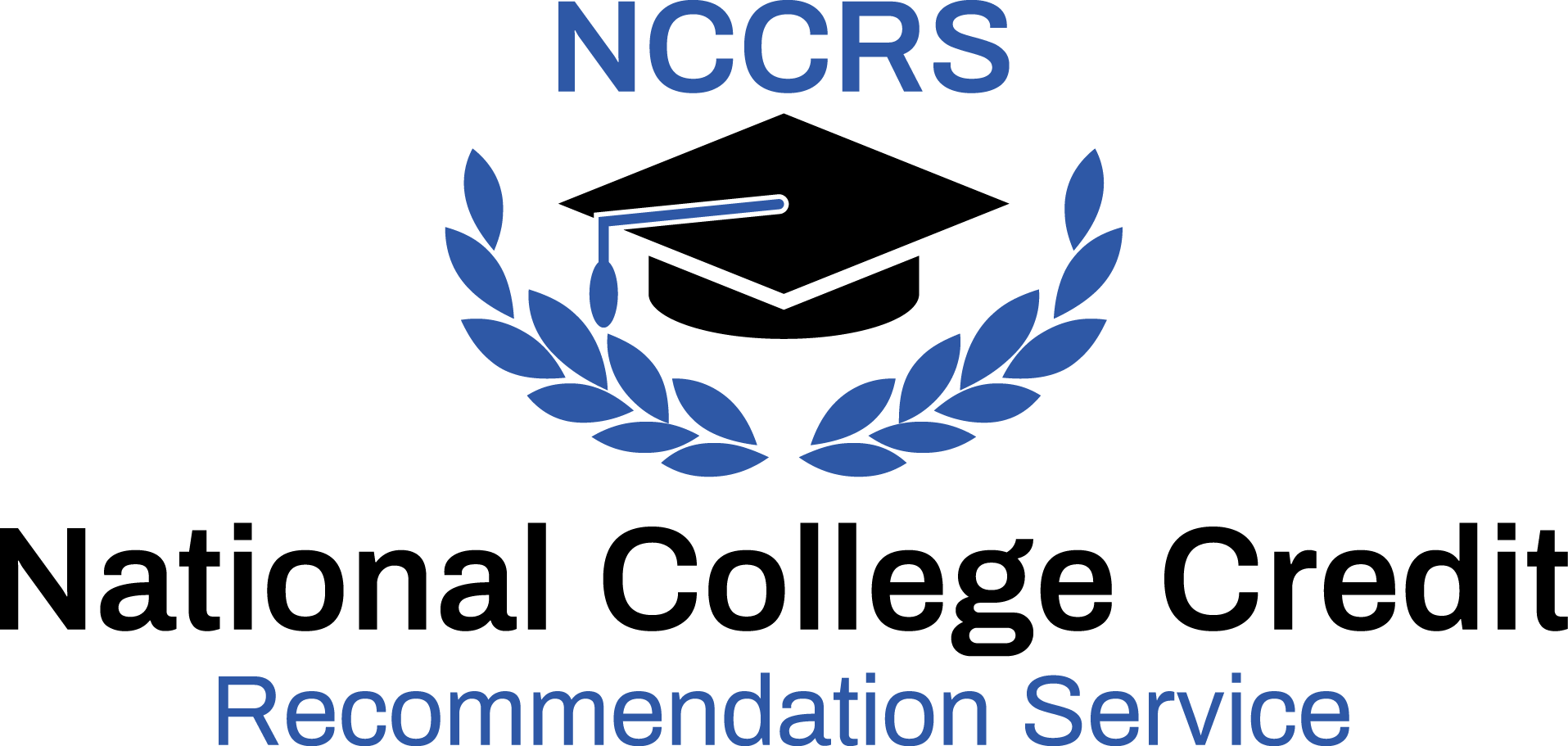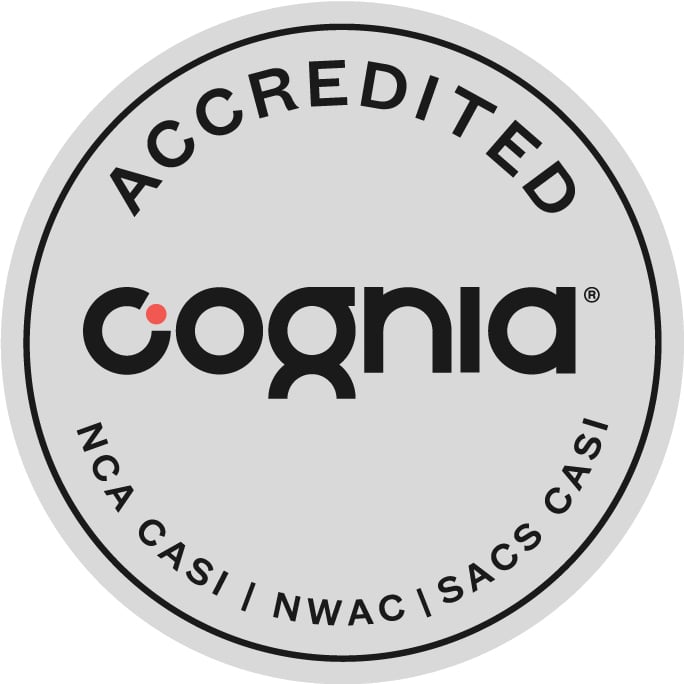One of the best ways to get ahead in your career and personal life is to continuously develop your skills to ensure you meet your goals. But how should you start your journey into personal development if you’ve never done so in the past? And does it really make that much of a difference?
Today, we’ll look into those questions and explore actionable techniques you can use to set goals to help you achieve long-term success.
First, let’s start with the basics.
What Is Personal Development?
Personal development is a process that builds and develops hard and soft skills while also creating a greater understanding of self-identity, self-awareness, your unique goals, and how to turn those goals into action items.
In other words, personal development is a continuous process of self-improvement that focuses on personal growth, stretching across multiple areas to achieve specific goals.
Does Personal Development Help Career Success?
The short answer is yes. Personal development can seriously future-proof your career by continuously improving and adapting to changes in the modern world and workforce.
For example, by continuously developing your tech skills, you’ll easily understand new systems and tools that may be used in your field, ensuring that you’ll always have a leg up.

This type of development focuses solely on jobs and careers, called career or professional development. Personal development can take on any form while career and professional development are singularly focused. When it’s done personally, it’s often referred to as career self-development.
Making Professional Development Personal
Though some companies do offer professional development services, you shouldn’t fully rely on them to do so. After all, this is your life and career, which means that seeking out personal career development opportunities is vital to remain competitive.
Career self-development can improve your chances of landing better roles, and also make your current position easier and more engaging. According to PeopleGoal, accelerating your career is one of five benefits that career self-development produces. They are as follows:
- Greater satisfaction. As you develop and meet your goals, you become more engaged and satisfied with your work because you continuously learn new things.
- Increased motivation. Setting achievable goals can help propel you forward, keeping motivation from waning.
- Accelerated career success. By embracing continuous self-development, you’re constantly improving and moving forward in your career.
- Increased Skill Sets. Learning new skills often will keep you sharp and agile in a world that’s currently suffering what many call the skills-gap crisis.
- Manage change. Change can be a challenging thing to accept; however, if you’re constantly evolving, you’ll handle unexpected change better.
Getting Started with Personal Career Development
The first thing you need to understand is how to set achievable goals that can keep you moving forward. This means you’ll need short, winnable goals and then long-term goals that come as a result of meeting the small ones.

There are two great goal-setting techniques you can utilize to meet these different goal types. Both aim to take you to the same place, but each system may better suit your individual goal, learning style, or personality.
Your long-term goal may be to get a promotion. To achieve that, break it down into smaller pieces. Setting lofty goals right off the bat is one of the biggest pitfalls of both of the following techniques.
The SMART Technique
Making Specific, Measurable, Achievable, Realistic, and Timely (SMART) goals is a technique coined by Peter Drucker back in the 1950s that is still used widely today.
The concept behind this goal-setting technique is to identify a specific, achievable goal that’s realistic and trackable so you can see how well you’re achieving it while maintaining a timeframe to ensure you keep going.
For example, let’s say your end goal is to write a book. As you can probably tell, this is a very ambitious goal with no clear stepping stone besides completing the book.
A SMART goal would be to make an outline of the first chapter in two weeks. When you complete this goal, you then move to chapter two and so on. Eventually, you’ll have a full outline and can use the same structure to write the entire book.
Sitting down and attempting to write a book straight through makes the task almost insurmountable, but breaking it down in a SMART way can improve your chances of success.
The PACT Technique
PACT is another goal-setting technique that is similar in some ways to SMART. PACT stands for: Purposeful, Actionable, Continuous, Trackable.
Though this sounds nearly identical to SMART goals, there’s a major difference: PACT goals do not focus on outcomes. Instead, they focus on output.
The best way to make this distinction is with our book-writing example. With SMART, you set small goals that, when added together, make a completed manuscript. A PACT goal would tackle this by making the goal to write every day.
If you make it a goal to write for at least an hour every day, essentially a habit of writing, you can measurably watch your writing skills progress and develop. You should also make it a habit to track your progress and reflect on how far you've come.
Another important note about PACT is that you have to be self-aware when goals are too difficult. For example, if writing an hour a day is too much, start with 10 or 20 minutes a day. As your skills grow, your time can increase.
Personal Career Development: Key Takeaways
By setting small, achievable goals or by utilizing a technique that offers continuous growth, you can develop a myriad of skills.
In terms of career success, these goals should focus on areas of improvement that directly relate to the hard skills that help you perform your job and soft skills, which make you a better communicator, leader, etc.
Even though many companies have development tracks, it’s always a good idea to personalize goals. This process is called career self-development and it can help you stand out from the pack if you embrace a mindset of continuous learning.
|
To help you get started on your personal development journey and identifying your goals, download our free Comfort Zone Challenge Worksheet. This is just one example of the personal and career development activities our NSLS members experience in our Advanced & Executive programs. |











